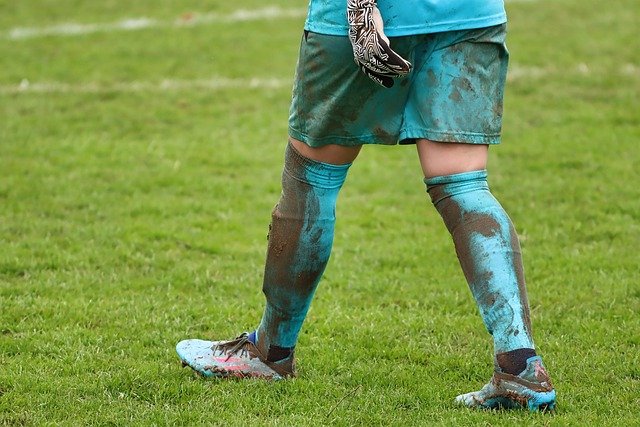Football Boots: Choosing the Right Pair for Your Game
Football boots influence comfort, traction, and performance on different surfaces. Whether you play recreationally or compete regularly, understanding how features like stud configuration, upper material, and fit affect play can help you choose shoes that match your needs. This article explains what to consider when selecting football boots, how soccer cleats differ for surfaces and positions, materials used in athletic footwear, and practical care tips to extend the life of your shoes.

What to look for in football boots
Select football boots based on fit, traction, and intended use. Fit is the foundation: a secure heel, snug midfoot, and enough toe room to avoid blisters and cramped toes. Consider stud pattern and length for grip without excessive pressure. Weight matters for agility but should not sacrifice protection. Look for reliable construction where seams and bonding meet, and verify that the boots comply with competition rules if you play organized matches.
How soccer cleats vary by position
Soccer cleats can be optimized by position although many players use multipurpose designs. Defenders often prefer boots with more protection and stability for tackling and clearing, while wingers choose lighter shoes for acceleration and ball control. Midfielders may seek a balance of comfort and touch. Goalkeepers value a stable platform for lateral movement. Rather than chasing a specific label, assess how the boot supports your movement patterns and ball contact needs during play.
Athletic footwear materials and construction
Materials affect weight, durability, and feel. Traditional leather uppers, such as kangaroo or calfskin, offer a soft touch and mould to the foot but require more maintenance. Synthetic uppers tend to be lighter, more water-resistant, and often cost less. Outsoles vary from molded plastic to TPU or hybrid constructions, with studs made from plastic, rubber, or metal for soft ground. The choice of lining, insole cushioning, and stitching also affects comfort and the shoe’s lifespan.
Matching boots to a grass field
Grass field performance depends on conditions. Firm-ground (FG) boots with conical or bladed studs suit natural, dry grass; they provide grip and facilitate quick turns. Soft-ground (SG) boots use longer, often removable studs for wet or muddy surfaces to prevent slipping. Hard-ground (HG) or artificial-grass (AG) variants have shorter, denser studs to reduce pressure on the foot and improve durability on tougher surfaces. Always check stud compatibility and replace worn studs to maintain traction.
Options for indoor court play
Indoor court surfaces require a different approach than outdoor grass. Indoor soccer shoes have flat, non-marking rubber soles designed for smooth courts; these provide grip without the penetration of studs. Turf shoes, with many small rubber nubs, offer a compromise for synthetic turf and some indoor spaces. Using traditional soccer cleats with studs on an indoor court can be unsafe and damage the surface, so choose shoes specifically intended for an indoor court to protect your feet and the playing area.
Fit, care, and local services for football boots
Achieving a proper fit often involves trying boots on at the end of the day when your feet are slightly swollen; bring the socks you play in. Break-in periods vary by material—leather may need more time. Clean boots after use, dry them naturally away from direct heat, and condition leather uppers to preserve suppleness. For specialized fitting, sizing issues, or custom insoles, consult local services such as sports stores or podiatrists that offer gait analysis and fitting assistance to match boots to foot shape and playing style.
Choosing the right football boots means balancing comfort, traction, and suitability for the surface and role you play. Consider materials, stud patterns, and fit, and maintain your boots to extend their useful life. With informed choices, your footwear can support safer, more consistent play across grass fields and indoor courts.






